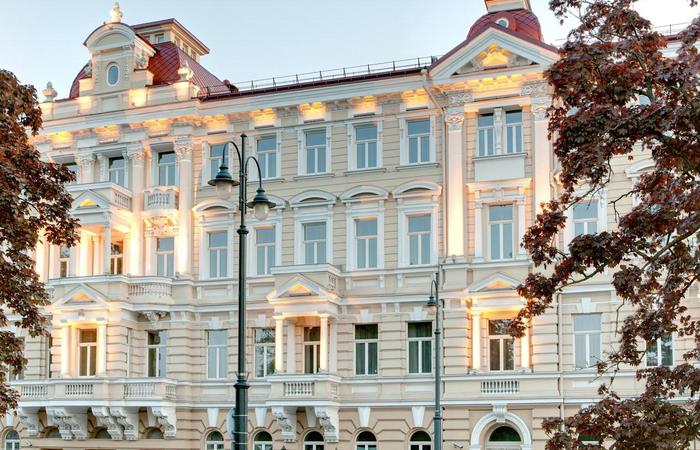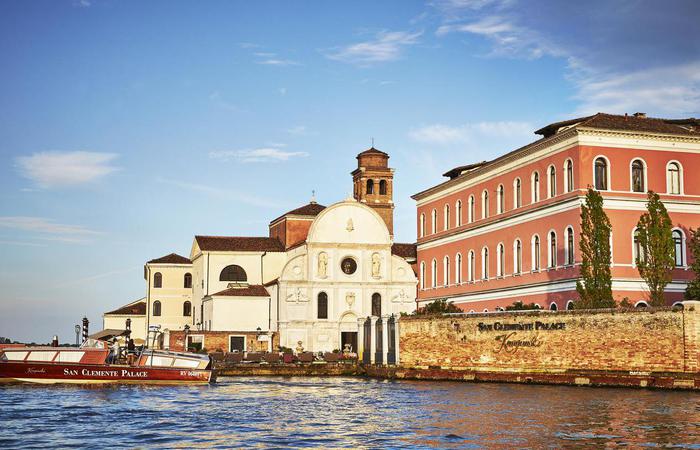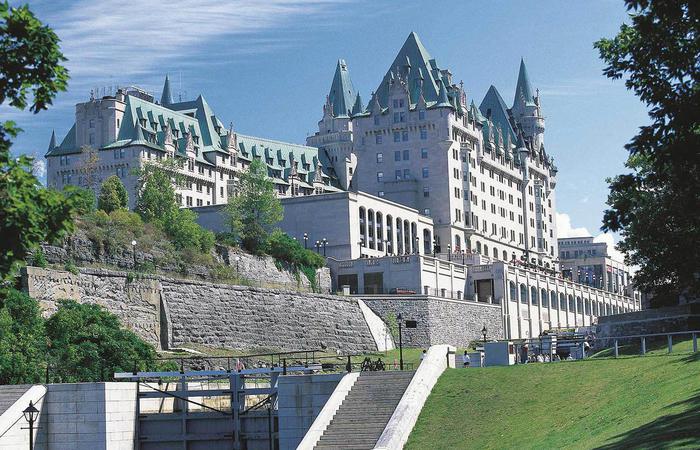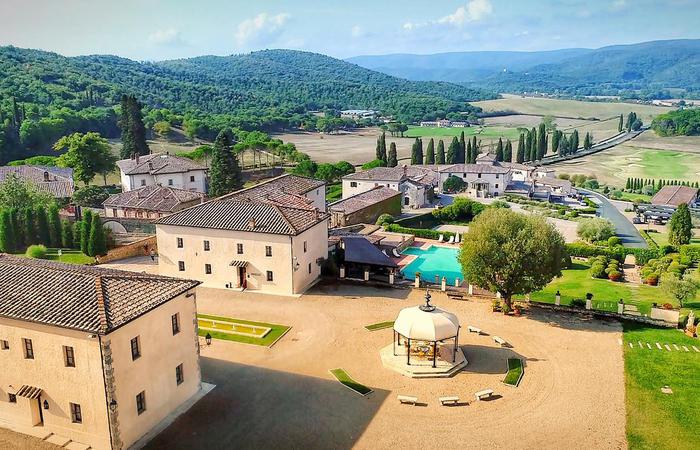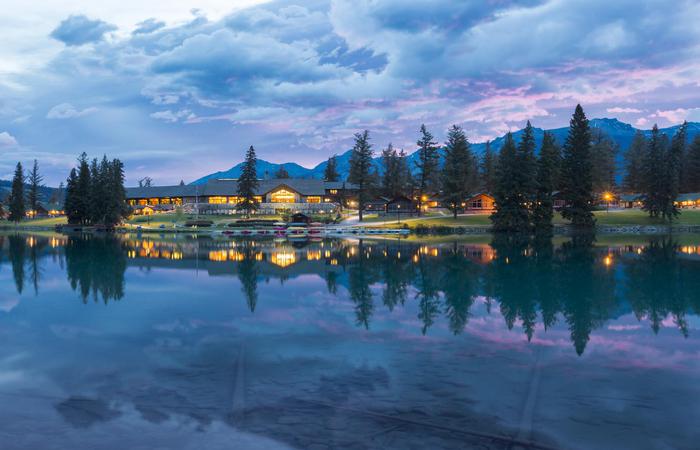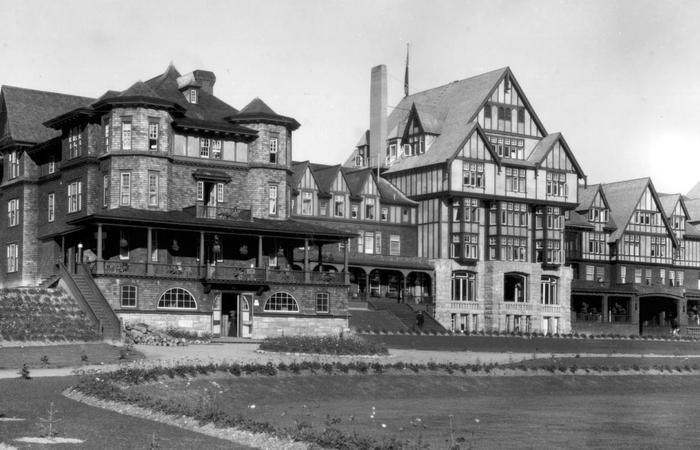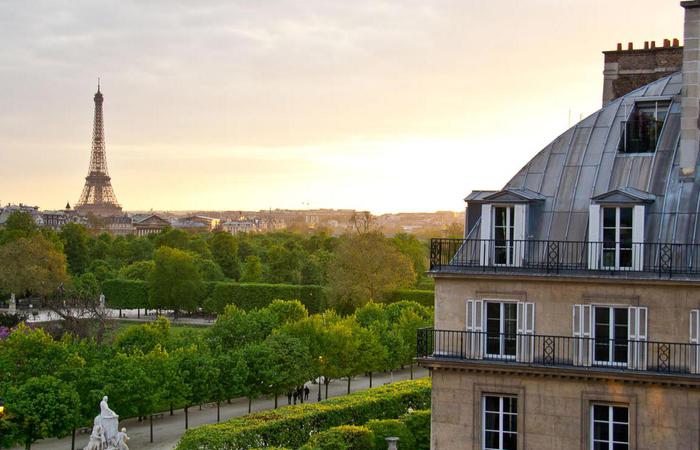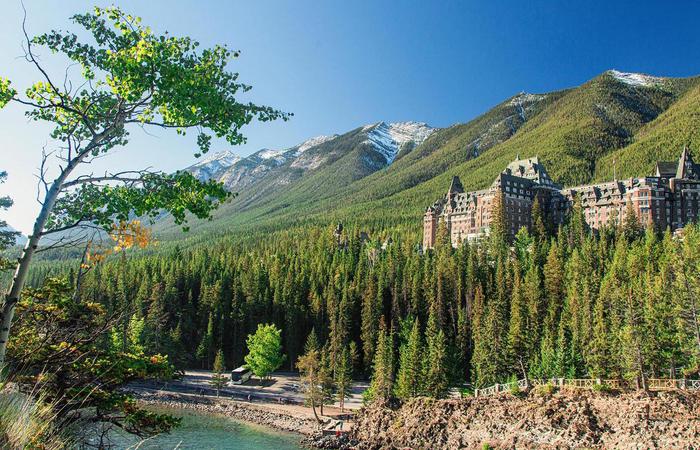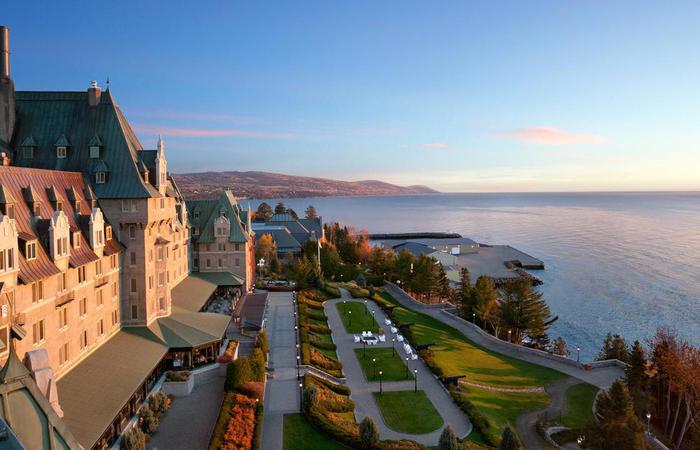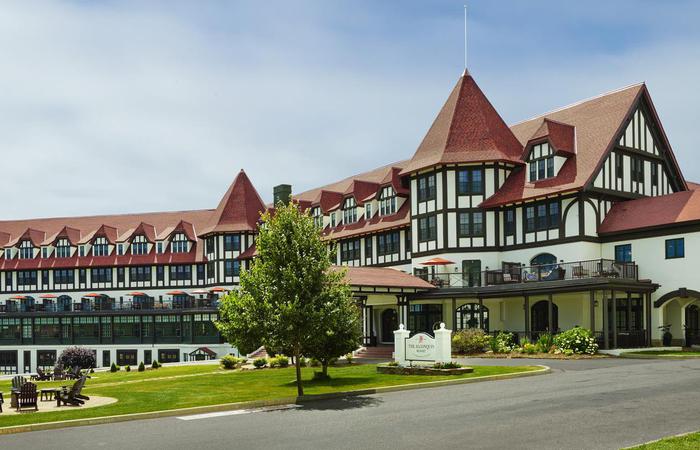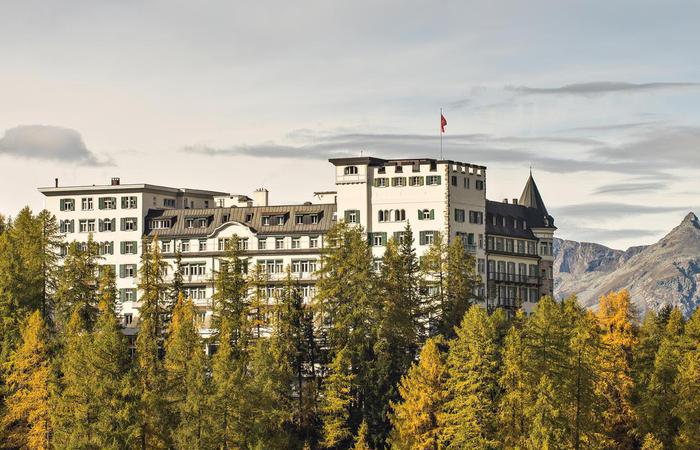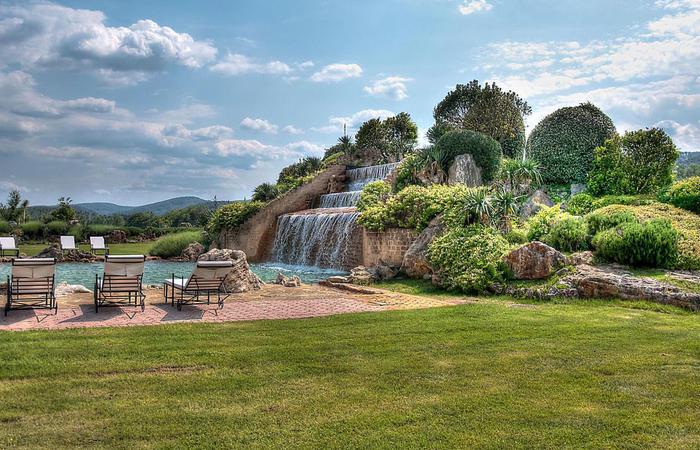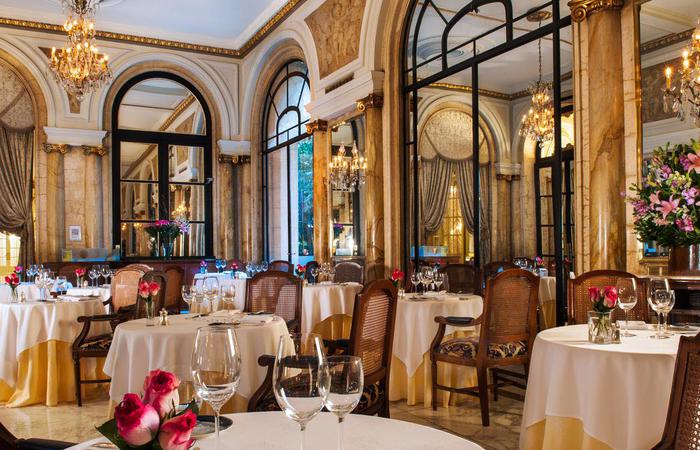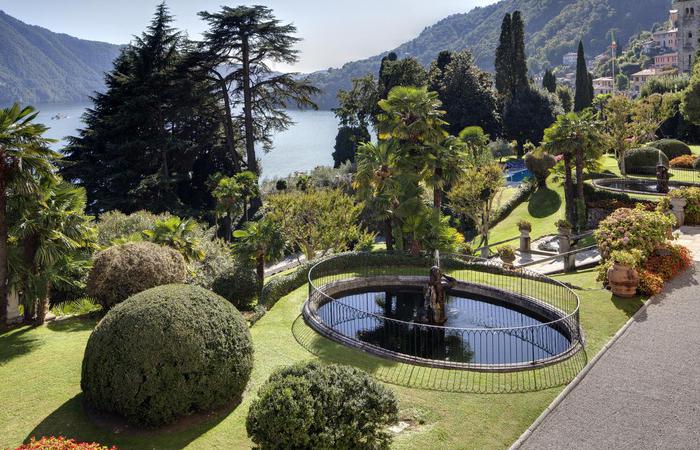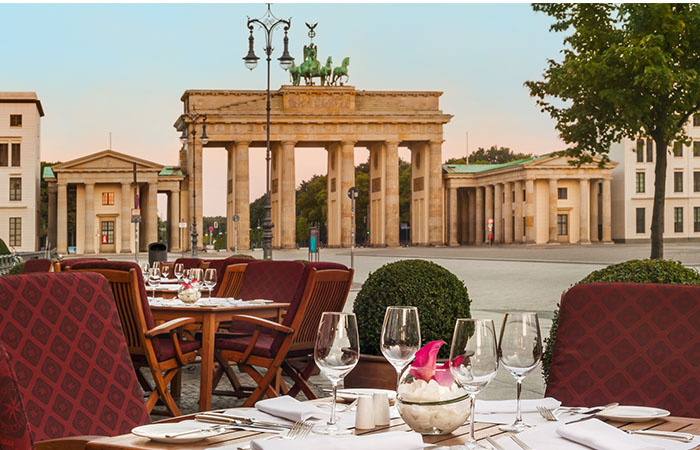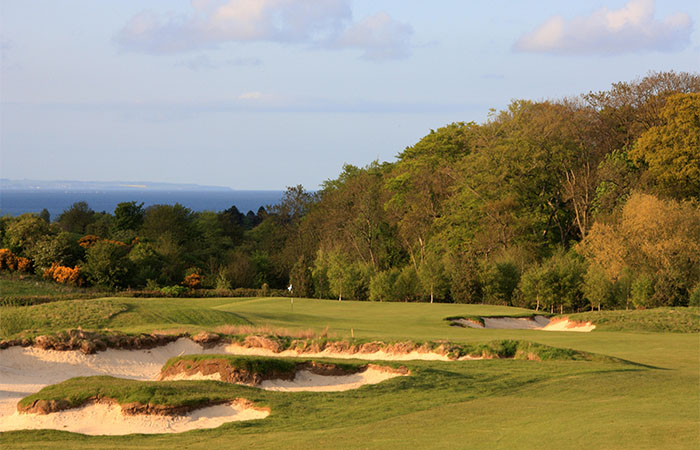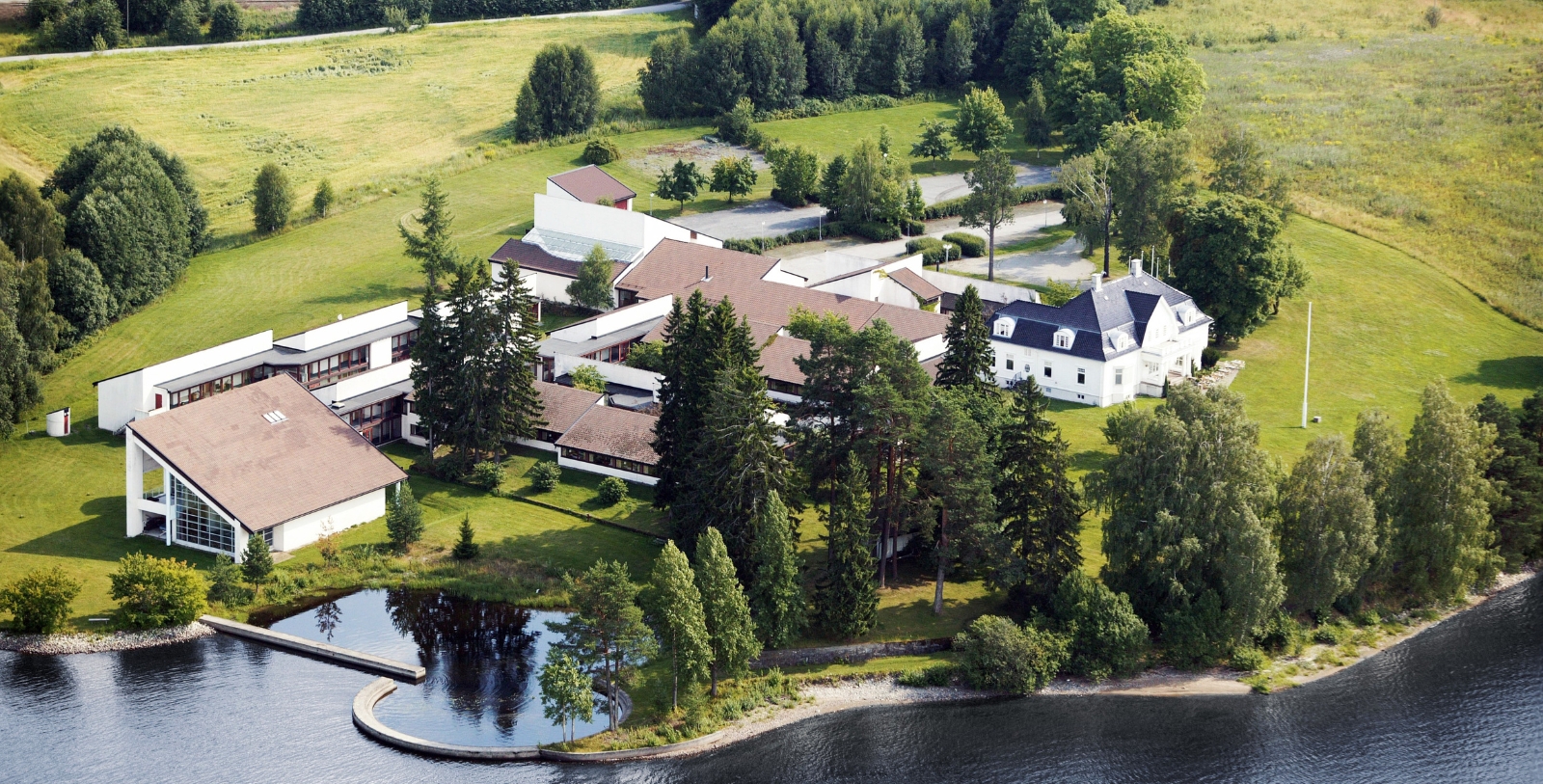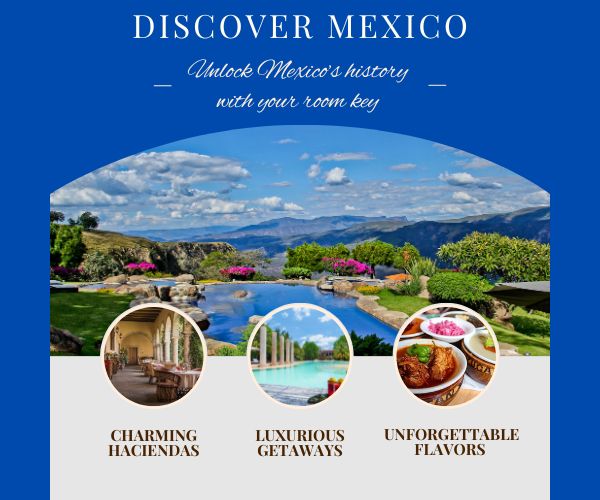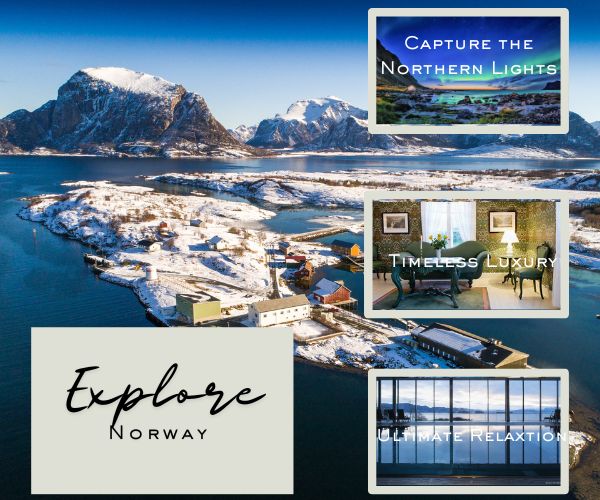Receive for Free - Discover & Explore eNewsletter monthly with advance notice of special offers, packages, and insider savings from 10% - 30% off Best Available Rates at selected hotels.
history
Discover Thorbjørnrud Hotel, which was once the home of the director of the prominent glassworks company Hadeland Glassverk.
Located right aside the serene shores of Randsfjorden, Thorbjørnrud Hotel stands as a testament to Norway's fascinating past. This idyllic retreat—located just an hour's drive from Oslo—offers more than just a place to stay; it provides a journey through centuries of Norwegian culture and tradition. Although land upon which the Thorbjørnrud Hotel currently resides has been occupied since the medieval era, its origins harken back to an 18th-century glass company known as the "Hadeland Glassverk." In 1762, an even larger corporation called "Det Norske Compagnie" acquired nearly a dozen acres of the historic Mo estate that sat next to the Randsfjorden. They subsequently began developing an extensive manufacturing facility as part of a grander scheme to domestically produce high-quality glassware, developing a series of buildings like warehouses, furnaces, and even employee dormitories. The most beautiful structure though was a gorgeous multistory manor located toward the end of the facility. Designed with a stunning array of Norwegian vernacular motifs, the building was intended to serve as the home of the Hadeland Glassverk's director. Following the much-anticipated debut of the facility in 1765, the nascent Hadeland Glassverk proceeded to become Norway's preeminent glass producer for the remainder of the century. Among the goods created on-site included utilitarian items like bottles, chemists' jars, and ordinary household glassware.
As the quality of its products became more refined, so did the company's ability to craft more intricate objects. Indeed, this proficiency soon gave Hadeland Glassverk a venerable reputation throughout all Europe, making the company one of the continent's most celebrated glassware companies. The corporate officers overseeing the Hadeland Glassverk expanded the company's operations in turn, gradually enlarging the facility throughout the rest of the 19th century and even into the 20th! Then during the 1980s, the entire site underwent a significant transformation. Architect Alf Bastiansen specifically began readapting the former director's residence, installing a modern hotel wing that blended modern amenities with the facility’s greater heritage. The expansion marked the start of the former manor's transformation into a premier destination for travelers seeking both comfort and a touch of history. Functioning as its own independent retreat known as the "Thorbjørnrud Hotel," the erstwhile estate went on to offer a host of magnificent services that set it apart throughout the Oslo area. Now under the ownership of the 3 Norske AS group today, Thorbjørnrud Hotel has since remained a top vacation getaway for eager cultural heritage travelers. The hotel is now home to a vibrant farm that produces a variety of fruits and vegetables, which are used in its exquisite dishes.
Meanwhile, collaborations with local farms have ensured a steady supply of fresh meat and dairy products arrive at the hotel, making every meal a celebration of Norwegian flavors. Thorbjørnrud has prided itself on its own wine and beer production. With 6,000 meticulously cultivated vines and a brewery that uses top-quality Norwegian ingredients, the hotel gives contemporary guests a unique taste of Norway's burgeoning craft-beverage scene. Beyond its culinary delights, Thorbjørnrud Hotel has become a sought-after venue for meetings, conferences, and special events, too. Offering 14 meeting rooms of assorted sizes and an auditorium that can accommodate up to 130 participants, the hotel currently provides a versatile space for corporate gatherings and social celebrations. In recent years, Thorbjørnrud Hotel has even embraced the trend of glamping, offering luxurious camping experiences that combine the beauty of nature with the comforts of a hotel room. Spacious canvas tents, equipped with beds, chairs, and atmospheric lighting, allow guests to enjoy the outdoors without sacrificing comfort. This innovative approach to hospitality reflects Thorbjørnrud Hotel's dedication to granting unique and memorable experiences. From its origins in the 18th century to its modern-day incarnation, the hotel truly embodies the spirit of Norway’s past and present like no other location.
-
About the Location +
Located an hour north from the Norwegian capital Oslo, the quaint village of Jevanker is in the county of Akershus. The county resides in the middle of a larger region better known as "Eastern Norway," which is one of the most culturally vibrant areas of the country today. Like the neighboring regions of Western and Southern Norway, Eastern Norway's most well-known historical era coincided with the rise of the Vikings—a seafaring people active across Europe during the Middle Ages. Technological innovations in Norway's western counties effectively increased local agricultural activity, and thus the size of its population. New land to distribute became increasingly rare, forcing the inhabitants to look to the sea for opportunity. Using a uniquely slim, single-mast vessel now known as the "Scandinavian longship," hundreds of people subsequently departed Eastern Norway to distant destinations. One widespread practice of the Vikings was to raid the shoreline of Europe for resources. Some of those warriors succeeded in carving out feudal fiefdoms—including powerful kingdoms—within the areas they conquered. But many others peacefully interacted with different European societies, establishing trading posts all over the continent. The Vikings were even known to harbor merchant colonies as far away as central Russia and the Middle East. Adventurous bands of Vikings sailed for long distances to remote landmasses like Iceland and Greenland, which they settled starting in the 10th century. In fact, archeological evidence has revealed that the Vikings managed to colonize Newfoundland, calling the location "Vinland" in contemporary accounts. While the age of the Vikings has long since ended, many sites around Eastern Norway still preserve the rich history that they left behind.
For instance, several prominent attractions reside along the regional coastline near the mouth of the Oslofjord, such as the Kaupang Viking Town, the Slottsfjells Museum, and the Midgard vikingsenter. Eastern Norway is a popular tourist attraction due to its wealth of natural wonders. Vrådal is even located right near two of the region's most renowned lakes, Vråvatn and Nisser. Numerous other lakes are located nearby, too, such as Bandak, Kviteseidvatn, and Flåvatn. Many travelers from across the world thoroughly enjoy visiting those lakes, which are all conveniently connected by way of the historic Telemark Canal. (Dating back to the late 19th century, the canal consists of 18 lock mechanisms with the most distinctive being the staircase lock "Vrangfoss.") The most popular method to navigate the 65-mile-long canal is on a couple of equally timeless boats known as the M/S Henrik Ibsen and the M/S Victoria! Even grander natural landmarks are situated a bit further away, such as the southeastern border of the famous Hardangervidda National Park. The largest national park in all Norway, this vast mountain plateau is a favorite site for cultural heritage travelers who adore hiking, cycling, and fishing. Eastern Norway's landscape has even become a prominent destination for extreme sports, most notably an activity called "Telemark skiing." Telemark skiing emerged when local alpinists began challenging one another to race down the area's mountainous terrain at the height of the Victorian era. It took great skill to traverse the densely wooded paths, leading to the skiers inventing special maneuvers like the now-commonplace "free heel" turn. Many locations across Eastern Norway are now prime sites for this exciting form of skiing, with some practitioners even pushing for it to become a recognized Olympic event.
-
About the Architecture +
Thorbjørnrud Hotell stands today as a splendid example of Norwegian vernacular architecture. Norwegian vernacular building themes—referred to colloquially as "byggeskikk"—specifically drew inspiration from generational construction techniques that harkened back centuries. Until the onset of the 20th century, most structures throughout Norway were agricultural in nature. They typically resided deep in the wilderness and made use of whatever resources were available. Norwegian families thus developed hardy log cabins that were tightly latched together with corner notches to protect against the elements. Those houses featured rustic architectural designs inside, including open-hearth fireplaces and stone chimneys. However, a few communal structures spawned more eloquent designs, such as the iconic medieval "stave church." Stave churches were typically designed using a type of wooden timber framing known as "post and lintel" construction, in which widely spaced vertical posts supported horizontal ones. Steeply pitched roofs reinforced by several intricately laid beams further characterized the overall design of the stave churches. Europe. Prominent dormers and steeple towers occasionally crowned the structures, too, reminiscent of more conventional Romanesque-style churches elsewhere in Europe. Great portals even guided visitors into the interior, which instilled a sense of awe with a variety of rich ornamentation connected to Norse iconography and the local alpine landscape. Some of the symbols employed drew upon ancient motifs centered around dragons and serpents. (The greatest example of a surviving Norwegian stave church is the UNESCO-recognized Urnes Stave Church.)

